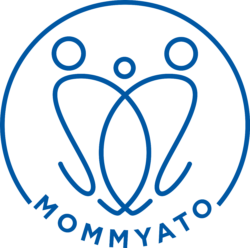01 Nov Kangaroo Care for the Premature Infant
Skin-to-skin Kangaroo Care helps regulate your baby’s body temperature, breathing, heart rate, and blood sugar.²
What is Kangaroo Care and How Will It Benefit My Baby?
November 17 is World Prematurity Day with the March of Dimes, an organization that educates families about premature infants and how to care for them. For more information on preterm labor, check out Mommyato. Kangaroo Care, also known as skin-to-skin, has been encouraged in mother/baby centers for decades and has the research to support its amazing benefits, especially for the little ones that are born too early.
Initially, Kangaroo Care was used with premature infants out of necessity, in undeserved countries where expensive medical equipment like incubators are not plentiful or difficult to source. After the premature infant was stabilized, the baby was placed on his mother’s chest for warmth. Medical professionals noticed that the skin-to-skin babies overcame the challenges of prematurity and often did better than the babies kept in an incubator. Research has since shown the benefits of kangaroo care are numerous and significant:
- Thermal control (the mother’s body senses the baby’s body temperature and heats up to provide the necessary heat to warm baby)
- Better regulated heart rate, breathing, and blood sugar
- Improved sleep organization (length and depth of sleep)
- Less crying (studies showed decreased salivary cortisol in babies, an indicator of stress, when skin to skin).
- Improved breastfeeding (more and greater duration of feeds)
- Increased bonding between mother and baby.²
Mothers can benefit from Kangaroo Care too! Mothers of preterm and full term babies who practice skin-to-skin right after birth report more confidence in handling their newborn, as well as increased self-esteem and fulfillment in their mothering. Fathers and partners also report relaxation and a deep sense of contentment.²
How is Kangaroo Care Done?
This is a skin-to-skin practice, so you’ll need your baby’s bare skin on your bare chest. If it’s less than 70 degrees fahrenheit in the room, you’ll want to dress your baby in a cotton shirt open in the front. Otherwise, a diaper is fine. If you’ve got a brand new preemie, a hat and booties would be a good addition.
Position your baby’s stomach on your abdomen, right below your rib cage. Your baby’s hips and arms should be open and flexed. The baby’s ear should be turned towards your heart with the head just slightly extended, so as to open the baby’s airway and encourage eye-to-eye contact with you. Cover your baby with the blankets or clothing, ensuring not to cover their face. You can also secure the baby with a wrap. Babies are belly breathers, so just be sure she has movement in her belly and the tighter part of the wrap is over the baby’s chest. Your breathing will stimulate her breathing too!²
Kangaroo Care, or skin-to-skin, is ideally done by mothers but can be performed by partners, family members and even close friends. Especially if Mom needs a break, the benefits to the baby can continue. Additional information on forming a care team to help Mom can be found on Mommyato. For premature babies, long, bare-skin, baby wearing sessions an hour or more is ideal, until the baby reaches full term. You’ll know when your baby needs less Kangaroo Care because she’ll be fussing and trying to wriggle away, more interested in exploring her world!
REFERENCES:
- National Library of Medicine. March 2012. Kangaroo care for the preterm infant and family. https://www.ncbi.nlm.nih.gov/pmc/articles/PMC3287094/
- World Health Organization. 2003. Kangaroo mother care: a practical guide. https://www.who.int/publications/i/item/9241590351



